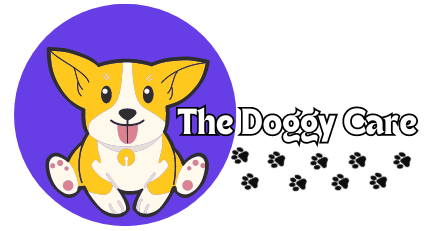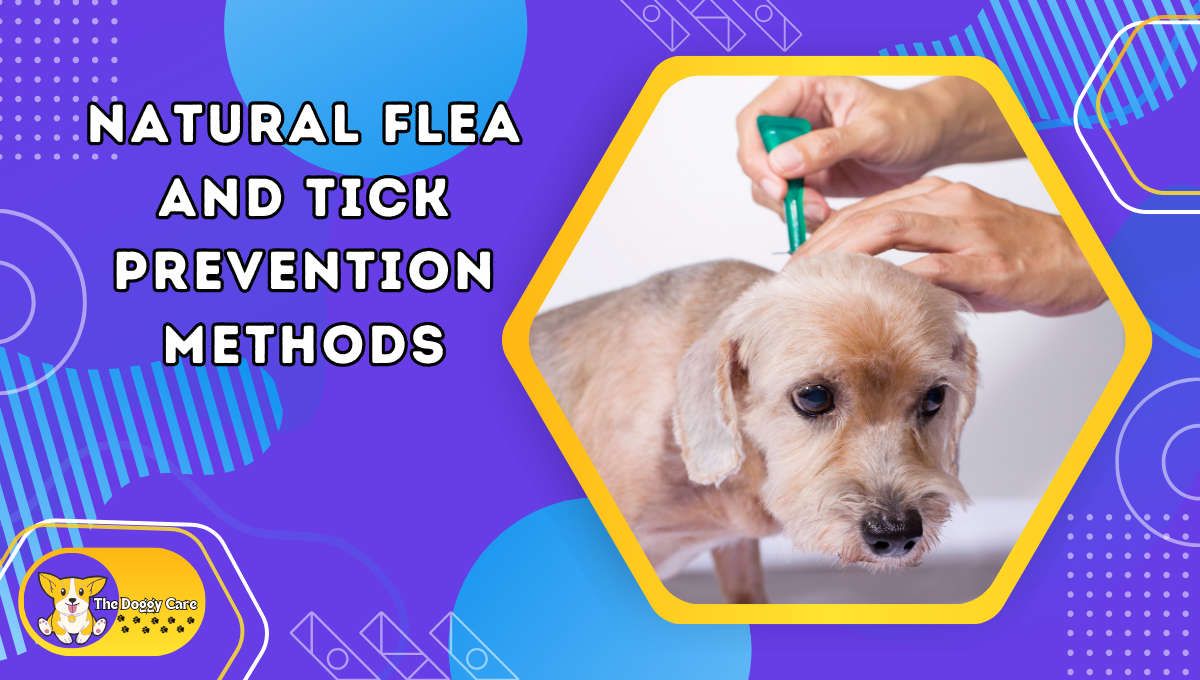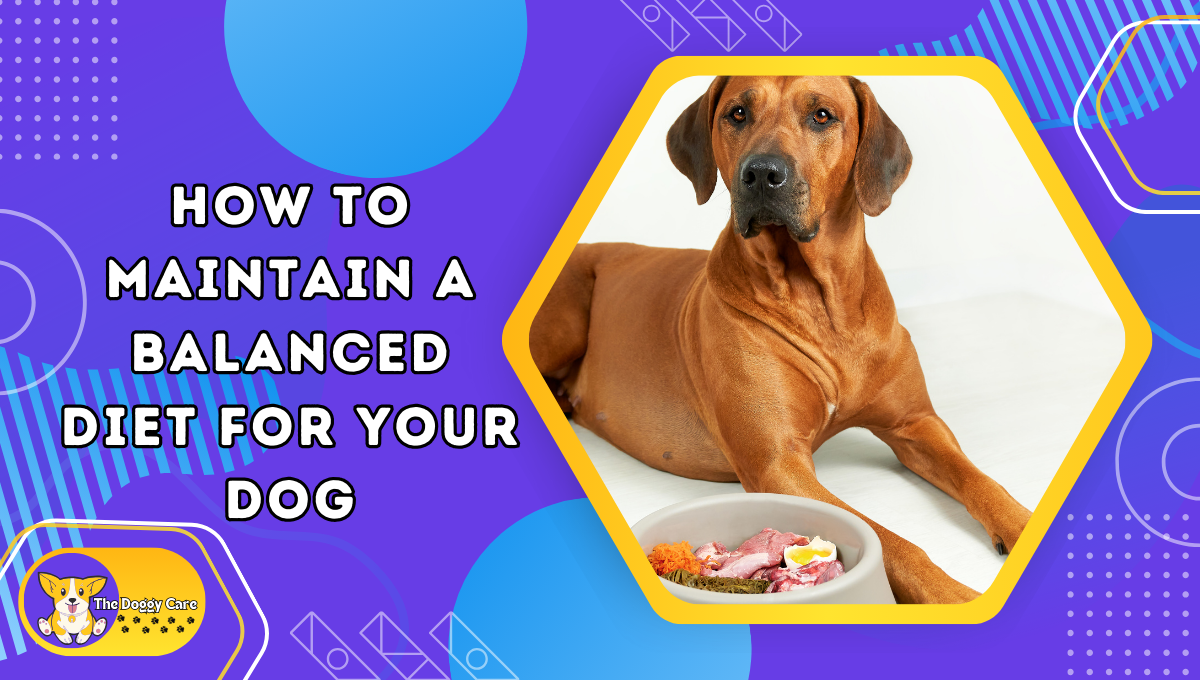Contents
- 1 Top 10 Tips for a Healthier and Happier Dog: in 2024
- 1.1 1. Focus on Protein and Cut Back on Carbs
- 1.2 2. Avoid Artificial Additives and Preservatives
- 1.3 3. Say No to Glycerin in Treats
- 1.4 4. Minimize Sugar in Your Dog’s Eating Regimen
- 1.5 5. Be Cautious with Enhancements
- 1.6 6. Rotate Food sources to Avoid Responsive qualities
- 1.7 7. Hydrate Dry Food Varieties
- 1.8 8. Reassess Vaccination Conventions
- 1.9 9. Delay Spaying or Neutering
- 1.10 10. Keep Your Dog Active and Engaged
Top 10 Tips for a Healthier and Happier Dog: in 2024
Short Intro:
Keeping your dog healthy and happy is each pet parent’s top need, especially with new health challenges emerging in 2024. From preventing normal ailments to ensuring your shaggy companion gets the best care, there are several means you can take to safeguard their prosperity. This article gives the top 10 essential tips to assist your dog with staying healthier and happier all year round. Read on to find practical advice and strategies that will make a positive distinction in your dog’s life today!
1. Focus on Protein and Cut Back on Carbs
The best strategy for improving your dog’s eating routine is to zero in on excellent, identifiable meat proteins while minimizing carbohydrates. Despite a flood in natural pet food choices, many commercial dog food sources remain packed with extreme carbs, which can lead to stoutness. Regardless of whether an item is labeled “without grain,” it may in any case contain starchy fillers like potatoes or rice. Instead, search for new or freeze-dried choices like chicken, turkey, or fish. Make sure that proteins are recorded at the top of the ingredient panel, and avoid food sources with vague portrayals like “meat meal” or “animal results.”
Star Tip: Aim for food varieties that rundown entire meats or concentrated proteins like chicken meal or fish meal. These ingredients convey more absorbable animal-based proteins essential for your dog’s muscle health and overall vitality.

2. Avoid Artificial Additives and Preservatives
Chemical preservatives, artificial flavors, and varieties are a major off-limits in 2024. Many additives tracked down in commercial dog food varieties, such as BHA, BHT, and propylene glycol, can be harmful over the long haul. Particularly concerning is xylitol, an artificial sugar that’s profoundly harmful to dogs. Xylitol is regularly found in sans-sugar gum, candy, and baked products, so be vigilant about keeping these things out of your dog’s reach.
Watch Out For Assuming that you’re buying treats, check the ingredient list for natural preservatives like rosemary extract or blended tocopherols (vitamin E) instead of manufactured chemicals.
3. Say No to Glycerin in Treats
Glycerin, frequently utilized in “all-natural” delicate bites and jerky treats, is another ingredient to avoid. However not as harmful as certain preservatives, glycerin is not a naturally occurring ingredient and is obtained from industrial cycles. It tends to be found in various dog treats, especially those marketed as functional bites with supplements like CBD or joint help.
Think about This: Choose treats that are dehydrated, freeze-dried, or made from entire food varieties. Along these lines, you’ll know exactly what your dog is consuming and avoid any unnecessary additives.
4. Minimize Sugar in Your Dog’s Eating Regimen
Unreasonable sugar can be similarly harmful to dogs as it is to humans. Ingredients, for example, high-fructose corn syrup, agave nectar, and natural product juice concentrates can cause weight gain and dental issues. While a small amount of natural sugars can act as preservatives in wet treats, they ought to never be a staple in your dog’s eating regimen.
Basic Swap: Instead of sugary treats, offer your dog new natural products like apple cuts (without seeds) or baby carrots. They’re naturally sweet, nutritious, and low in calories.

5. Be Cautious with Enhancements
Over-supplementing with manufactured vitamins and minerals can be hazardous, especially for fat-solvent vitamins like A, D, E, and K. In contrast to water-dissolvable vitamins, these can accumulate in a dog’s body, potentially leading to harmfulness. Instead, centers around a varied eating regimen rich in entire food varieties that naturally give these essential supplements.
Best Practice: Pick dog food sources that depend on entire ingredients like meats, vegetables, and antioxidant-rich superfoods, for example, chia seeds and sea kelp, which give all the necessary vitamins and minerals without the gamble of excess.
6. Rotate Food sources to Avoid Responsive qualities
No single food or treat is ideally suited for each dog, and an eating regimen that works today may not work tomorrow. As dogs age or their awareness changes, they may foster intolerances to certain ingredients. Switching food varieties periodically can forestall the development of allergies and awarenesses.
Pay special attention to Side effects like changes in stool consistency, dull coats, or abrupt itching. These signs could indicate that now is the ideal time to switch your dog’s food. Variety is critical to maintaining optimal health!
7. Hydrate Dry Food Varieties
Dry kibble, while helpful, lacks the dampness necessary for a dog’s optimal health. Dogs, similar to their wild ancestors, are not worked to blossom with dry, hard food. Dehydration can lead to kidney issues and stomach-related issues over the long haul. Hydrating kibble or freeze-dried food varieties by adding water enhances their palatability as well as helps support processing.
Expert Tip: To add flavor and supplements, consider using a dog-safe stock or an all-natural gravy blend intended for pets. Search for items with probiotics and stomach-related catalysts to support stomach health.
8. Reassess Vaccination Conventions
The standard convention of annual vaccinations is being re-examined. More pet people are opting for titer testing, which measures your dog’s existing resistance to diseases. This test can help determine on the off chance that a vaccine is necessary, potentially reducing the gamble of over-vaccination and its associated secondary effects.
Ask Your Vet: Examine the chance of titer testing and a personalized vaccination plan based on your dog’s health status and way of life.

9. Delay Spaying or Neutering
While spaying and neutering are essential for controlling the pet population, delaying these systems until early adulthood can offer health benefits. Studies recommend that allowing a dog to mature completely before a medical procedure can lead to all the more likely bone thickness, bulk, and overall turn of events.
Think about Your Dog’s Variety: Smaller varieties may mature faster than larger ones, so counsel your vet to determine the ideal timing for your pet.
10. Keep Your Dog Active and Engaged
Physical activity and mental stimulation are crucial to your dog’s prosperity. In 2024, more pet people are focusing on activities that engage both the mind and body. Consider puzzle toys, aroma games, or agility training to keep your dog mentally sharp and physically fit.
Keep in mind: A drained dog is a happy dog. Regular workouts and interactive play can forestall behavioral issues and fortify the connection between you and your pet.
By adopting these updated dog care practices in 2024, you’ll guarantee your fuzzy companion partakes in a healthier, happier life while staying ahead of the bend on the latest patterns in pet wellbeing.



























